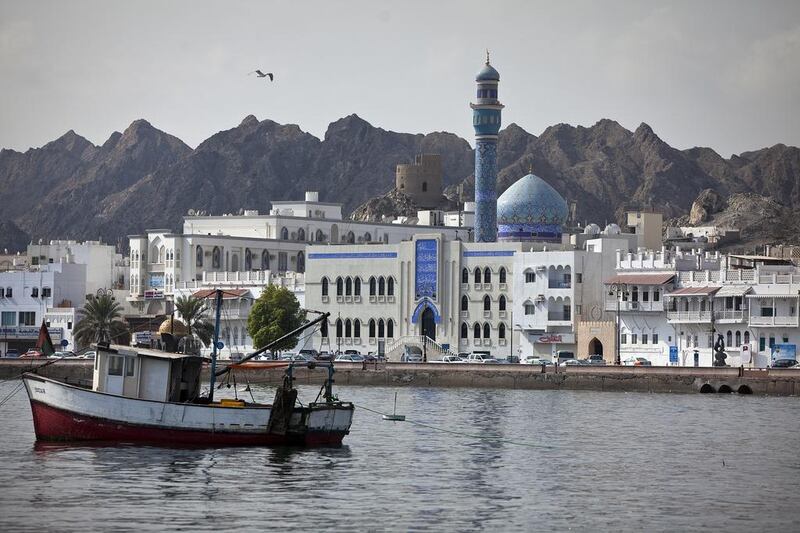An international ratings agency downgrade of Oman and Bahrain will make it more expensive for them to borrow to finance widening fiscal deficits, analysts said. The move by Standard and Poor’s could also hit bank ratings.
S&P on Monday downgraded Bahrain’s long-term and short-term foreign and local currency sovereign rating to BBB-/A-3 from BBB/A-2, and Oman’s rating to A-/A-2 from A/A-1 because of the halving of oil prices to less than $60 a barrel since reaching last year’s peak of US$115 per barrel.
Oil prices have rebounded over the past two weeks on signs that the price slump has started to affect oil production. S&P has initiated the downgrades since it lowered its forecast for the average oil price to $55 per barrel this year, down from last year’s forecast of $80 per barrel.
It also changed its outlook for Saudi Arabia to negative from stable, while affirming its rating for the world's biggest oil exporter. The rating agency also affirmed the ratings for Abu Dhabi and Qatar, citing their strong external and fiscal buffers as defences against the oil price drop.
“The downgrades should increase Bahrain and Oman’s cost of borrowing with yields likely to rise over time. However immediate impact has been somewhat muted,” said Amer Khan, head of asset management at the financial services firm Shuaa Capital.
“A negative outlook on Saudi Arabia, where government debt is minimal and reserves currently high, is unlikely to have considerable effect in the near term.”
All Arabian Gulf countries, except Kuwait, will post fiscal deficits this year, according to the IMF, which estimated that all six Arabian Gulf states will collectively lose $300 billion in oil revenues.
Oman and Bahrain are expected to post the highest deficits among the six Gulf states owing to their high break-even prices of oil. Bahrain needed a price of $125 per barrel in 2014 to balance its budget, the highest in the Gulf region, S&P said.
Bahrain’s government debt has doubled since 2009 and reached 43 per cent of GDP at the end of 2014. The ratings agency estimates that government net debt will double to 20 per cent of GDP by the end of this year from 10 percent of GDP in 2014.
The sectors that are likely to be affected from the downgrades are those that rely on cheap energy feedstock. Both Bahrain and Oman are increasing gas prices to industrial firms in attempts to reduce energy subsidies that are a burden on their budgets.
“Possible fiscal austerity could reduce the supply of subsidised feedstock, particularly affecting cement, fertilizer, steel factories and the petrochemical sector,” said Jaap Meijer, managing director of equity research at the investment bank Arqaam Capital. “Ratings outlook for the banking sector should also be adjusted, as they are often based on support from the government.”
Analysts expect other rating agencies to issue downgrades for Oman and Bahrain if the oil price stays low for a long period. Oman and Bahrain do not have the surpluses amassed by countries such as UAE and Kuwait during the oil boom years.
But not all analysts agree with S&P’s rating actions. S&P is the first rating agency to downgrade the Gulf states.
“I find the downgrades unrepresentative of the reality on the ground, which is still healthy despite a sharp fall in oil prices. Oman and Bahrain are still fairly well placed to weather short- term shocks,” said John Sfakianakis, regional director for the Gulf for the London-based fund manager Ashmore Group. “Saudi Arabia’s downgrade to negative is unrealistic given that the non-oil economy is growing at a healthy 4-4.5 per cent.”
dalssadi@thenational.ae
Follow The National's Business section on Twitter





